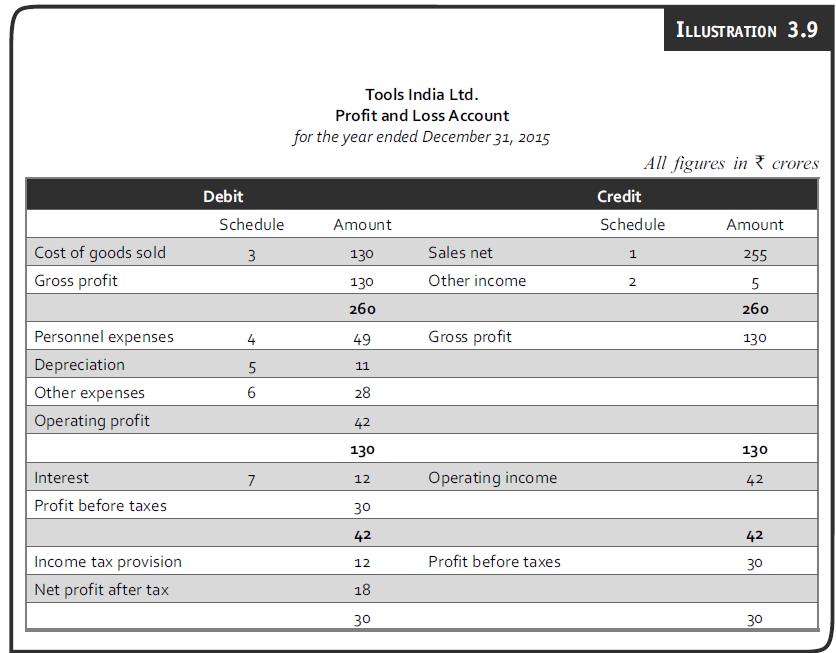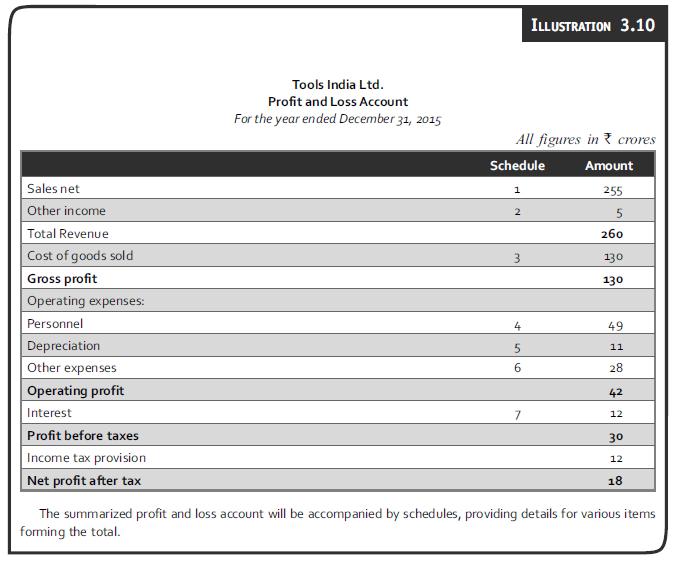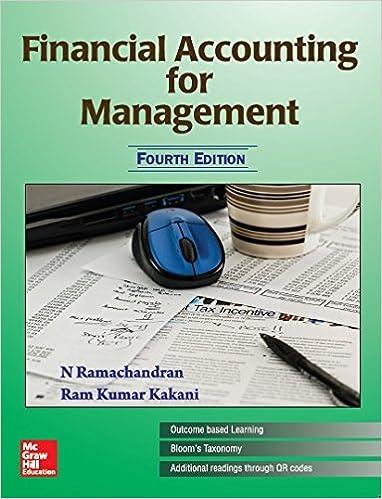This case is in continuation of the Mini Case 2.2 of Chapter 2. It included 10 companies
Question:
This case is in continuation of the Mini Case 2.2 of Chapter 2. It included 10 companies listed on the Bombay Stock Exchange from different sectors – Aditya Birla Nuvo; Chowgule Steamships; Educomp Solutions; Hindustan Unilever; MMTC; Noida Toll Bridge Co.; NTPC; SKS Microfinance; Tech Mahindra; and Zee Entertainment Enterprises. These firms had different sizes and came from different stages of growth.
This part of the quiz involves identifying two main items in the income statement from their latest financial year other than ‘revenue from operations/sales’ from the list of items prescribed in the Schedule III of the Companies Act 2013 (for example, the categories would include items as “Cost of materials consumed’, ‘Deferred tax expense’, ‘Employee benefits expense’, and ‘Finance costs’).

Data from Mini Case 2.2 of Chapter 2
The modern day Jhola-wala laptop carrying and tobacco-chewing Wharton-returned Professor Rajat Jain was teaching financial accounting course in one of the IIMs. The class was hazaar (means, thousand times) impressed with his smart looks and pony tail-especially the Dance India Dance members including Gita and Shruti. The Bigg Boss Gang smelt competition and did not like him one bit, especially Salman Khan. Unlike the aggressive actresses in bollywood, the sambar brigade decided to adopt a wait and watch approach; it included Shruti and Kajal.
In a recent session, Professor Rajat surprised the class with a quiz. The class was of course not surprised. The Bigg Boss Gang tigers took it as an opportunity to prove themselves while the Dance India Dance folks worked vigorously to impress the charismatic Rajat by repeated visits to beauty parlor-varlor, gym-vym, and doing some yoga-shoga. The sambar brigade was also not left behind and had Ayurvedic preparation. Finally, the day came when the quiz paper was there on the table. It included ten companies listed on the Bombay Stock Exchange from different sectors and varying ownership and having different sizes and being at different stages of growth:
- Aditya Birla Nuvo: Large business group affiliate and a conglomerate with presence across Financial Services, Telecom, Fashion and Lifestyle and Manufacturing Businesses.
- Chowgule Steamships: Small business group affiliate is principally engaged in the carriage of goods by sea.
- Educomp Solutions: Private owned entity with main products as Books, CD ROMs, Toys, Software Education, Computers and other components.
- Hindustan Unilever: A multinational subsidiary with focused presence in fast moving consumer consumables space.
- MMTC: State owned entity with main activities as Wholesale Trade of Commodities such as Iron Ore, Gold, and Coal.
- Noida Toll Bridge Co.: Private owned entity with main activities as Infrastructure based Construction and managing of a Toll Bridge.
- NTPC: State owned entity with main activities as Utilities especially generating thermal power.
- SKS Microfinance: Private owned entity and operating in microfinance domain as a non-banking finance company.
- Tech Mahindra: Large business group affiliate providing IT solutions and Business Process Outsourcing to telecommunications industry.
- Zee Entertainment Enterprises: A large business group affiliate in media and entertainment space.
The quiz involved identifying the two biggest items in both sides of the balance sheet for the latest financial year (i.e., ‘assets’ side and ‘equities & liabilities’ side) from the list of items prescribed in the Schedule III of the Companies Act, 2013 (for example, the categories would include items in the Current Assets as “Cash & Cash Equivalents’, ‘Trade Receivables’, and ‘Short-term Loans and Advances’; and items in the Non-current Assets as ‘Long-term Loans and Advances’, ‘Non-current Investments’, and ‘Intangible assets under development’).
What are the possible reasons behind differing choices in the (two biggest) balance sheet items (on either side) of these 10 companies? Discuss.
Are there any similarities emerging in the list above? Discuss.
Step by Step Answer:

Financial Accounting For Management
ISBN: 9789385965661
4th Edition
Authors: Neelakantan Ramachandran, Ram Kumar Kakani





